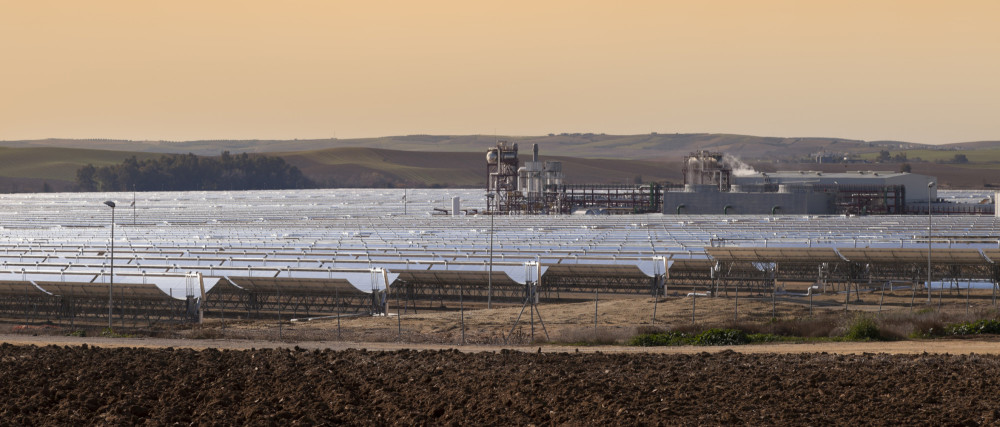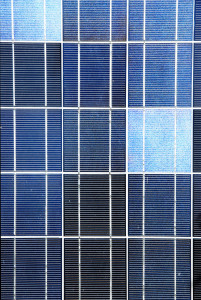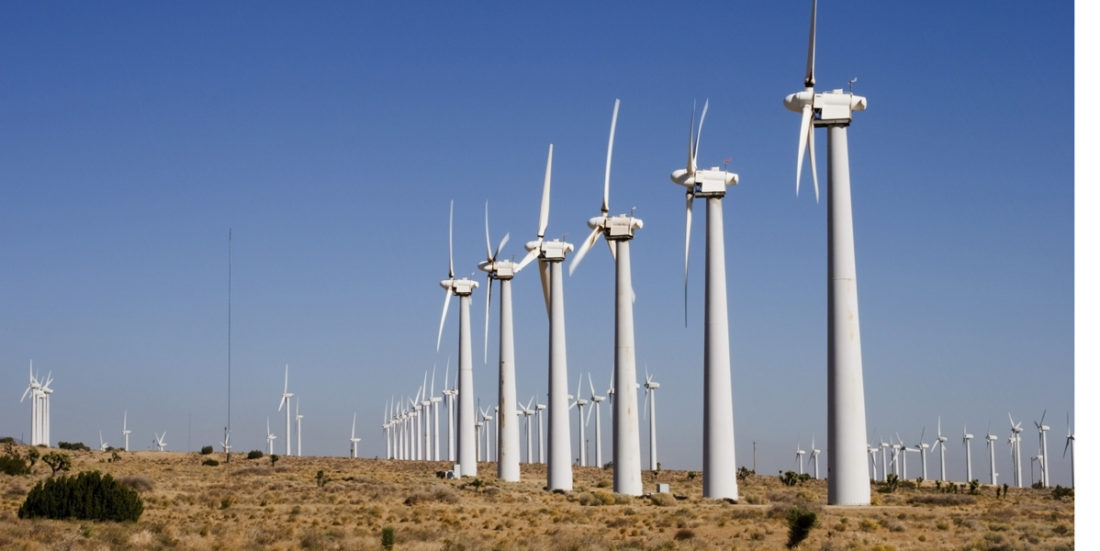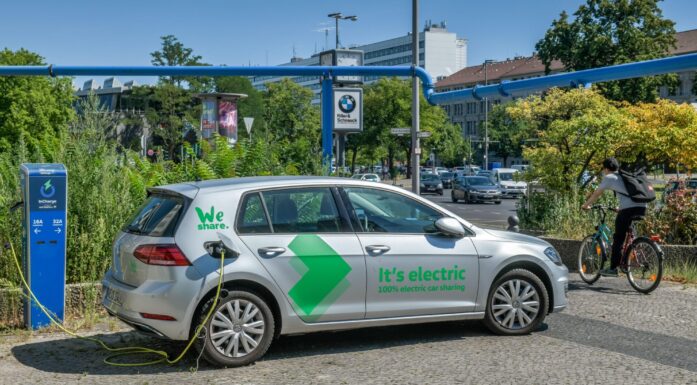Low-carbon electricity future is clean and feasible
The countries of the world wrapped up preliminary climate talks in Lima, Peru this weekend with an agreement on how the UN’s 194 countries will tackle climate change. The agreement comes in advance of major negotiations scheduled for Paris next year to designed to curb the world’s production of greenhouse gases. In a publication from earlier this year, researchers at NTNU’s Industrial Ecology Programme report that the low-carbon future that would result from curbing greenhouse gas emissions is both feasible from a practical standpoint, and will also substantially reduce air pollution.
An international team led by Edgar Hertwich and Thomas Gibon from NTNU’s Industrial Ecology Programme have conducted the first-ever global comprehensive life cycle assessment of the long-term, wide-scale implementation of electricity generation from renewable resources. The study was published in the 6 October Proceedings of the National Academy of Sciences.
“This is the first study that has assembled and scaled up the assessment of individual technologies to the whole world and assessed technology implementation to 2050, taking the environmental impacts of production into account,” Hertwich said.

This concentrating solar power plant is an example of the kinds of renewable energy sources that can help reduce greenhouse gas emissions while also improving air quality. Photo: Thinkstock.com
Environmental costs and benefits
The researchers did the study because so little is known about the environmental costs of the widespread global shift to renewable energy technologies such as wind and solar power, and what the effect of this shift might have on material requirements.
“Would the shift to low-carbon energy systems increase or decrease other types of pollution?” the researchers asked.
Previous efforts to answer this question have typically looked at single issues, such as selected pollutants, or the effects on land use or need for raw materials, such as metals. Previous studies have also neglected to look at the interactions between different technologies, the researchers said.
Integrated hybrid life cycle assessment
To address these shortfalls, Hertwich and his colleagues developed an integrated hybrid life cycle assessment model.
An important aspect of the model was that “it allowed the integration of electricity produced by these prospective technologies back into the economic model,” Gibon said.
The researchers looked at concentrating solar power, photovoltaics, wind power, hydropower, and gas- and coal-fired power plants with carbon capture and storage (CCS). They also assumed that the production of important raw materials, such as aluminum, copper, nickel, iron and steel, for example, would improve over time.
Baseline and BLUE map scenarios
The researchers used two different energy scenarios developed by the International Energy Agency to assess how renewable energy would perform.
The first scenario was the Baseline scenario, in which global electricity production is assumed to increase by 134% between 2007 and 2050, and where fossil fuels maintain their high share in the electricity generation mix, accounting for two-thirds of the total. Under this scenario, coal-based generation is 149% higher in 2050 than in 2007, accounting for 44% of all power generation.
The other scenario was the BLUE map scenario, which assumes that electricity demand in 2050 is 13% lower than in the Baseline scenario because of increased energy efficiency, and that the power sector has been mostly weaned from fossil fuels by the use of renewable energies.
Material demands “manageable but not negligible”
Low carbon technologies can demand much more use of raw materials per unit of power generation than conventional fossil fuel plant, the researchers noted. For example, photovoltaic systems need 11-40 times more copper than for fossil fuel production, while wind power plants need 6-14 times more iron than fossil fuel production.

Producing enough solar panels to meet clean energy needs will increase the demand for copper, the researchers found. Photo: Thinkstock.com
The researchers characterized these the material demands from a broader perspective as “manageable but not negligible.” For example, the amount of copper needed to build out photovoltaic systems by 2050 represents just 2 years of current copper production.
The demand for iron and steel would increase by a mere 10 percent, while the demand for aluminum will decrease. The change will also decrease air pollution and reduce fossil fuel extraction.
“Energy production-related climate change mitigation targets are achievable, given a slight increase in the demand for steel or cement, as two examples, and will reduce the current emission rates of air pollutants,” Gibon said.
Business as usual means more pollution
The human health benefits are clear, Herwich said.
“Pursuing climate mitigation will limit the human health impacts from air pollution, while continuing with business as usual will increase it,” he said
The research team was composed of scientists from NTNU; the University of California, Santa Barbara; the National Renewable Energy Laboratory, Golden, Colorado; Utrecht University, the Netherlands; University of Concepion, Chile; and Tsinghua University, China.
The article:
Integrated life cycle assessment of electricity supply scenarios confirms global environmental benefit of low-carbon technologies. Hertwich et al., Proceedings of the National Academy of Sciences of the United States, 6 October 2014.





